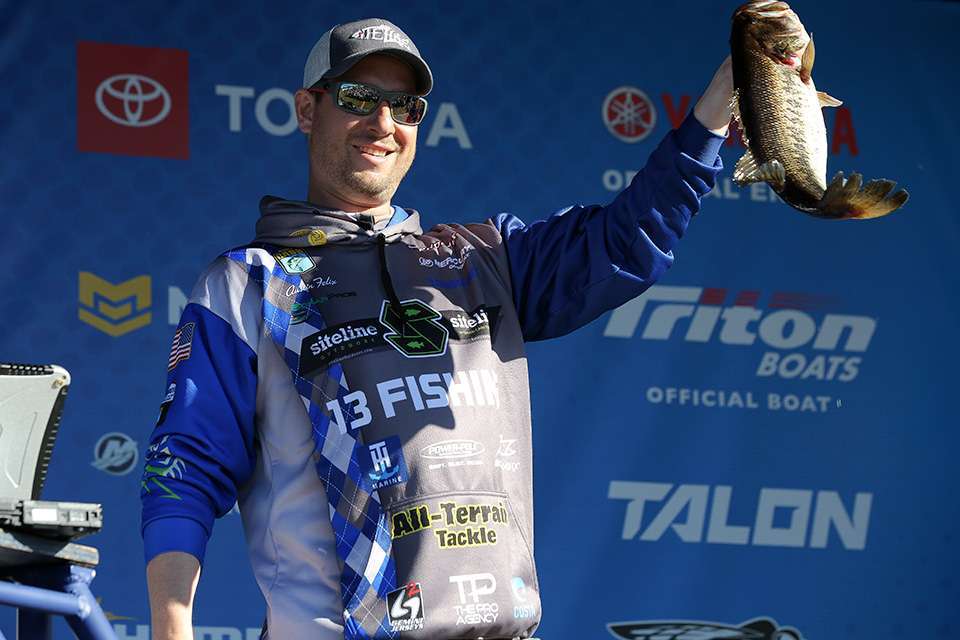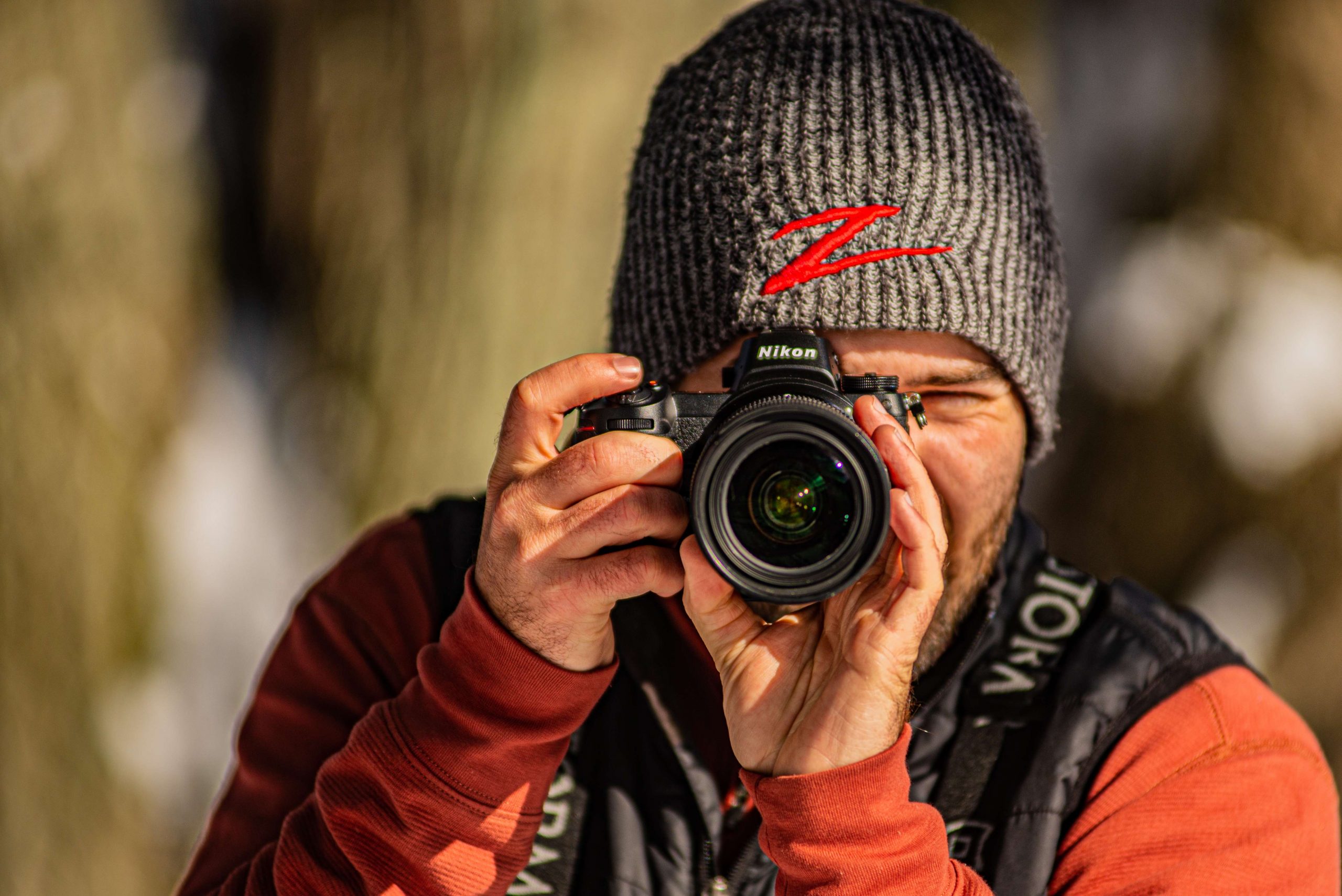
A technique that Austin Felix has been playing with, to some extent for a while now, is one that most everyone employs in the spring during the spawn. Targeting individual fish in a tournament can be what makes or breaks your day. When the fish are shallow, it is easy to see them and quickly judge their size. Knowing where these bigger fish live provides confidence during the tournament that he can visit several areas over the course of the day with hopes of coaxing a few to bite.
Obviously, the goal is to catch the biggest, but on most lakes, average fish and a couple larger fish will pay dividends. There are several lakes around the country that are chock full of smaller and medium size fish. Getting one or two larger fish is how you make the cuts and make checks.
“The more and more national events I fished, the more I realized that one or two bigger quality bites a day makes all the difference. I know I can catch the average fish by just fishing, but having areas that I can fish quickly – areas I have seen bigger fish in practice – allows me to fish them effectively in a short amount of time.”
During the spawn, you can see fish on beds and quickly judge the size. It makes it easy to pick which individual fish you want to go and catch. But when the spawn is over, the sight fishing doesn’t necessarily end, you just need to know where to look and how to utilize the opportunities you have. Fish use shallow cover as a home base, and Felix knows if he can find the homes of several decent fish, the chances he will get a few to bite is much greater.
“Shallow water cover is a great place to locate bigger quality fish. I like to look at laydowns, stumps, boulders, docks and make sure to see if any fish are present. I can cover lots of water and eliminate water that I don’t need to waste time fishing during the tournament. Even after the spawn, those fish will be shallow, and you can catch them this way. Those fish live up there. They use the shallow cover, the hard-to-reach stuff as a home base. The more of those individual fish you can see – and not spook – the more you can get to bite during the tournament.”
Felix likes to use the common “hookless” baits – a topwater without hooks, a wacky Senko tied directly to the O-ring, a no hook Texas rig with a hitch hiker blade and a jig with the hooks cut off. If he can’t see fish, a few casts may help. Fishing without a hook allows him to actually get bit and pull on them a little bit before they let go. He can judge the size without seeing them, but sometimes they will hold on enough to get a look at the size.
“I try to place the bait around cover where you normally can’t with a hook. Way back up under docks and laydowns. Those places hold fish and the only way to see them is to get a bait back in there and maybe pull them out. Sometimes they will chase the bait out. The most important thing when doing this is to not spook them when they show themselves to you.”
Spending some time in practice looking for one or two bites for the tournament can be the difference in making a check or not. You have to have the confidence that you can catch limit fish and then know you are looking for one bigger bite. Felix keys into specific areas, and most of the time, there are other fish in the area, too. Rather than covering water during the event, he has most of the legwork done.
“Obviously, the goal is to win every event. One con to this technique is it’s hard to win multiple day events this way. It works well for single day events, but it is a good way to get to make the cuts in the multiple day events – such as the Opens and the Elites. Depending on how many bigger fish areas you can locate, and how many you catch, you can run out of fish and end up scrambling when you make the cut.”
It is hard to complain when you make the cut. Any days you can get enough weight to make the cut and fish Day 3 or even Day 4 are a success. Another reason he likes to target bigger fish is because landing one early in the day helps him relax a bit and fish more freely.
Lakes with a large population of small fish are primed for this technique. For example, Lake Martin.
“Look what’s going on at Lake Martin right now. Everyone is catching a small limit. A couple bigger largemouth a day puts you at the top. That is a prime example.”
He also referenced the 2019 Forest Wood Cup on Lake Hamilton, in which he made a Top 10 and a cool $24,000 check. Water temperatures were high, and bites were hard to come by. He spent some time up the river looking to see big fish, rather than wasting bites of big fish. If he could see them under docks or they would reveal themselves by surfacing on a topwater, he knew where they lived and could fish the area hard during the event.
“I fished those areas several times over the course of a day. Up the river the water was cleaner, and it allowed me to locate some bigger fish on docks. I tried to locate big fish in practice with my eyes rather than hooking them. With bites hard to come by, I wanted to catch them during the tournament rather than in practice.”
Next time you are out practicing for a tournament, think about fishing for individual fish. Look around shallow cover rather than flipping down through there and catching her beforehand. Cut the hooks off your baits and try to pull fish up out of grass beds to get a look at them. Skip a Senko way back under docks and laydowns, and keep an eye out for anything that follows the bait back to the boat.





